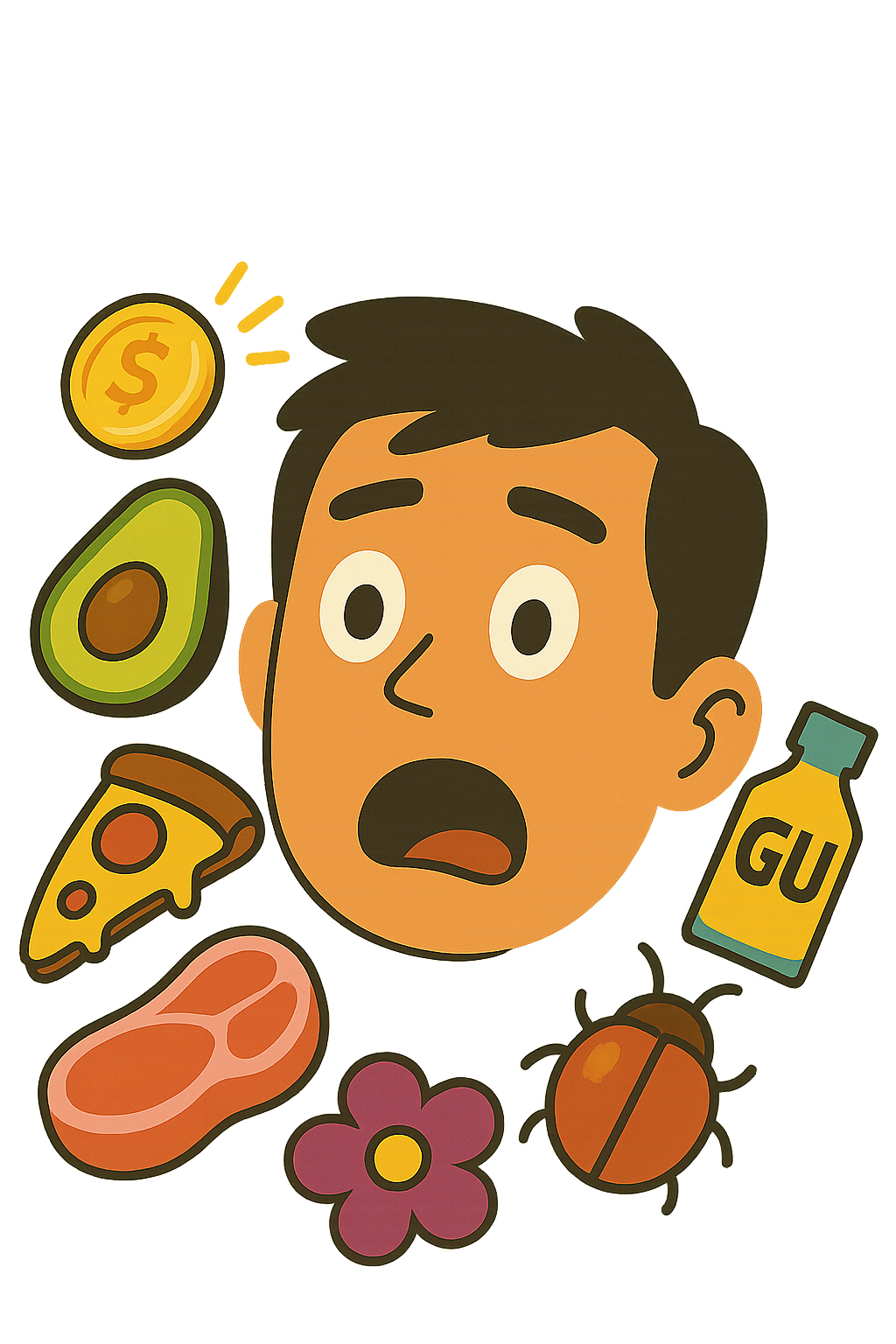Is it safe to eat popping candy?
Quick Answer
Yes
Popping candy is generally safe to eat. It is made from sugar, lactose (milk sugar), corn syrup, and flavoring, which are all edible ingredients. The ‘pop’ effect is caused by carbon dioxide gas, which is also safe to consume.

What Is It?
Popping candy is a type of candy that ‘pops’ or ‘crackles’ when it dissolves in your mouth. It is made by heating a mixture of sugar, lactose, corn syrup, and flavoring, and then exposing it to pressurized carbon dioxide gas. When the candy is eaten, the gas is released, causing the popping sensation.
Historical Context
Popping candy was first invented in the 1970s by William A. Mitchell, a food scientist at General Foods. It was initially marketed under the name ‘Pop Rocks’.
Why It Can Be Risky
While popping candy is generally safe to eat, there are a few potential risks to be aware of.
- Choking hazard: Like any small, hard candy, popping candy can pose a choking hazard, especially for young children.
- Allergic reactions: Some people may be allergic to the ingredients in popping candy, such as lactose or artificial flavorings.
- Tooth decay: As with any sugary food, frequent consumption of popping candy can contribute to tooth decay.
Safe Method?
To safely enjoy popping candy, consume it in moderation, ensure it is not given to children who are at risk of choking, and maintain good oral hygiene to protect your teeth.
Safe Alternatives
If you’re looking for a less sugary alternative to popping candy, consider fruit or nuts. For a similar sensory experience, try carbonated drinks or foods made with baking soda and vinegar, which can create a similar ‘fizzing’ sensation.